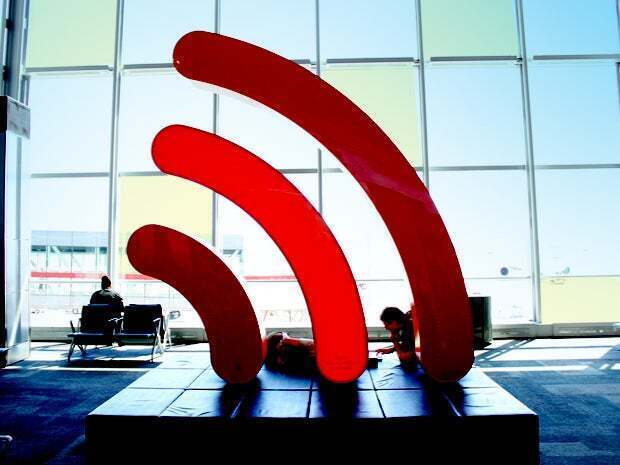- Finally, budget wireless earbuds that I wouldn't mind putting my AirPods away for
- I replaced my Linux system with this $200 Windows mini PC - and it left me impressed
- I recommend the Pixel 9 to most people looking to upgrade - especially while it's $250 off
- Google's viral research assistant just got its own app - here's how it can help you
- Sony will give you a free 55-inch 4K TV right now - but this is the last day to qualify
Wi-Fi 6E scarcity has enterprises pre-ordering Wi-Fi 7

Supply chain problems for Wi-Fi 6E access points are so bad that enterprises are skipping that version of wireless technology and waiting until Wi-Fi 7 equipment starts to ship late next year, says market researcher Dell’Oro Group.
Wi-Fi 6E builds on Wi-Fi 6 by adding the the 6GHz band (5.925 GHz to 7.125 GHz), where, currently, there is a lot less traffic and much lower latency than in 2.4GHz and 5GHz bands that Wi-Fi 6. That extra bandwidth makes 6E a logical choice for latency-sensitive applications.
But you can’t use something if you can’t buy it, and Dell’Oro says that based on its discussions with enterprises, 6E products are in very limited supply or unavailable.
Tam Dell’Oro, CEO of the company, attributes the shortage to a combination of pandemic manufacturing shutdowns and high demand for migrating to Wi-Fi 6E. “The feedback that I’m hearing is enterprises have been sweating their assets, and there’s a significant need to upgrade and advance the infrastructure. It’s all coming together at the same time,” she said.
She said that in the course of speaking with senior executives at vendors like HPE, Juniper Networks, and Cisco, all say their customers recognize that the products are being delayed. So they’re ordering Wi-Fi 7 now, even though it’s not expected to ship until the end of 2023.
Wi-Fi 6E has technology advantages. Only other Wi-Fi 6E devices can access the 6GHz band, so until there’s a proliferation of 6E or Wi-Fi 7 devices, there’s less likelihood of interference on that band from access points operated by other organizations or individuals. In addition, the 6GHz band is 1200MHz wide as compared to the combined 700MHz bandwidth available from the 2.4 GHz and 5 GHz bands. That means it can offer more and larger channels. But what good is a band if you can’t buy products that support it?
Dell’Oro said that enterprises need to recognize that Wi-Fi 6E is likely to be a niche market so they shouldn’t try to upgrade their whole network to it. Instead use it only for those applications that can benefit most from the extra bandwidth and better delay, she said. That includes video, especially surveillance and security cameras, video conferencing, and other applications that are latency sensitive.
Dell’Oro said systems integrators and VARs that she’s talked to said that for now, everybody’s asking for Wi Fi 6 to keep their networks going until Wi-Fi 7 ships.
But with Wi-Fi 6E gear all but impossible to get, what guarantees are there that Wi-Fi 7 will be more widely available when it ships at the end of 2023? Dell’Oro said the vendors are saying they don’t see supply shortages easing until the end of 2022, so there’s a year of wiggle room for the situation to improve.
Copyright © 2022 IDG Communications, Inc.

